Afonso Ferreira, Antartida A silhueta, já familiar, da recém-inaugurada Estação Antártica Comandante Ferraz saúda-nos à medida que vamos preparando o encerramento da expedição. Entre manifestos de carga, limpezas de laboratório e relatórios de embarque, vamo-nos relembrando das várias etapas por que passámos ao longo das últimas quatro semanas em alto mar. Relembra-nos de como não é fácil remar contra a maré, procurando concretizar os nossos objetivos científicos, principalmente quando as condições internas e/ou externas ao navio dificultam o nosso trabalho. Mas também nos relembra de como vale a pena fazer ciência polar, pela unicidade da Antártida como ambiente marinho e pelos desafios que ela nos propõe, levando-nos a fazer o possível e o impossível para tentar levar a ciência a bom porto. Ao todo, realizámos 68 estações oceanográficas durante o cruzeiro. Só para o estudo das comunidades fitoplanctónicas na região, recolhemos acima de 600 amostras, tendo sido uma expedição bem produtiva. É, no entanto, importante realçar que foi uma expedição marcada pela pluralidade científica, uma vez que foram recolhidas amostras para as seguintes componentes biológicas e parâmetros: archae, bactéria, fitoplâncton, zooplâncton, cetáceos, alcalinidade, pH, CO2, O2, nutrientes, isótopos estáveis e microplásticos. Encontramo-nos agora a aguardar o dia do nosso voo de avião militar entre a base chilena Presidente Eduardo Frei Montalva e Punta Arenas. Acima de tudo, estamos altamente motivados para voltar a terra e começar a trabalhar nas amostras recolhidas. Por fim, resta-me agradecer ao PROPOLAR pelo apoio financeiro e logístico providenciado, sem o qual não teria sido possível eu repetir esta experiência. Cumprimentos antárticos para todos e obrigado a quem leu os posts aqui publicados relativos à nossa expedição! After 30 days, we have finally reached the end of expedition. The already familiar silhouette of the recently inaugurated Comandante Ferraz Antarctic Station greets us as we make our last preparations before disembarking. Amidst cargo manifests, lab cleaning and cruise reports, we remind ourselves of everything we went through the last four weeks at high sea. We remind ourselves how it is not easy to go against the tide when seeking to achieve our scientific goals, particularly when internal and/or external factors affect our work. Nevertheless, we also remind ourselves just how much polar science is worth, because of Antarctica’s uniqueness as a marine ecosystem and all the challenges it poses us, leading us to do everything in our power to advance science.
0 Comentários
Afonso Ferreira, Oceano Antártico Já estamos a meio caminho e, no “Laboratório do ROV”, como é oficialmente denominado o pequeno laboratório situado em frente ao hangar, é onde nós, a equipa do fitoplâncton, trabalhamos. Este ano, a equipa do “fito” é formada por quatro elementos, dois de nacionalidade portuguesa e dois de nacionalidade brasileira: o Rafael, o Raul e o Pedro da Universidade Federal do Rio Grande (FURG) e eu (Afonso) do MARE-ULisboa. O Rafael, o outro elemento português, é professor na FURG e é já um veterano em vindas à Antártida, tendo embarcado cerca de quinze vezes em águas antárticas. Para além disso, é o coordenador científico embarcado, encontrando-se ao leme de uma equipa com mais de 20 investigadores. O Pedro e o Raul são alunos de graduação na FURG, ambos orientados pelo Rafael, procurando dar os primeiros passos no mundo da ciência. O nosso trabalho foca-se no estudo das comunidades de fitoplâncton. Por um lado, são recolhidas amostras para a determinação e quantificação de pigmentos a várias profundidades ao longo da coluna de água. Os pigmentos não só permitem caracterizar o estado das comunidades de fitoplâncton, como possibilitam, através da quimiotaxonomia, a identificação dos principais grupos de fitoplâncton. Esta identificação será validada através da recolha, em simultâneo, de amostras de espécies de fitoplâncton (posteriormente analisadas ao microscópio). Por outro lado, estamos também a recolher amostras para identificação e contagens de cocolitóforos (nanofitoplâncton calcário). Os cocolitóforos são organismos-chave para o ciclo do carbono, sendo um dos principais exportadores de carbono atmosférico do oceano. Embora sejam um grupo típico de águas mais quentes (a baixas latitudes), tem-se vindo a verificar uma expansão, associada ao aquecimento dos oceanos, da sua distribuição em direção às altas latitudes. Assim, será avaliado o potencial dos cocolitóforos como proxies para a expansão de massas de águas mais quentes e pobres em nutrientes provenientes do Atlântico Sul. Todo este trabalho in-situ realizado a bordo do Almirante Maximiano e subsequentes análises serão depois utilizados para complementar e validar bases de dados de satélite para a Península Antártica Norte, procurando dar resposta ao objetivo do FACT: entender a relação entre a dinâmica do fitoplâncton e a variabilidade climática nesta região. Mas isso é trabalho reservado para o regresso a terra. Até lá, temos ainda muitas milhas náuticas por percorrer e muitas estações por amostrar. We’re already halfway into our journey and in the ‘ROV Laboratory’, as the small lab facing the hangar is called, we, the phytoplankton team are working day and night. This year, the ‘phyto’ team is made up of four members, two from Brazil and two from Portugal: Rafael, Raul and Pedro, from the Federal University of Rio Grande (FURG) and I (Afonso), from MARE-ULisboa (University of Lisbon). Rafael, the other Portuguese among this group, is a professor at FURG and is already a veteran in terms of Antarctic expeditions. Furthermore, he is the chief scientist, leading a multidisciplinary team comprising of over twenty researchers. Pedro and Raul are graduation students at FURG, both under Rafael’s supervision, taking their first steps in science. Afonso Ferreira, Punta Arenas - Chile Passado um ano, eis-nos de volta a bordo do Navio Polar Almirante Maximiano, rumo à Antártida. O ‘Tio Max’, como é carinhosamente apelidado pela Marinha do Brasil, vai já na sua 11ª Operação Antártica (38ª no total da história do Programa Antártico Brasileiro). E nós, procurando dar seguimento ao trabalho feito em janeiro de 2019, estamos aqui outra vez, agora no âmbito do FACT – Relação entre a dinâmica de fitoplâncton e a variabilidade climática no setor NO da Antártida. A verdade é que, à primeira vista, pouco mudou. O navio continua a atravessar o Drake imponentemente, os sotaques e ritmos brasileiros continuam a ecoar pelos seus corredores e o feijão preto e o arroz continuam a pautar a nossa alimentação. Embora os projetos de investigação que lideram esta expedição – EcoPelagos e PROVOCCAR, ambos do Grupo de Oceanografia de Altas Latitudes (GOAL), sediado na Universidade Federal do Rio Grande do Sul – sejam novos, metade da equipa de investigadores a bordo partilhou connosco as aventuras do PHYTONAP, em 2019 (ver posts referentes ao PHYTONAP no blog das campanhas de 2018/19 do PROPOLAR: http://www.propolar.org/diario-de-campanha-2018-19/category/phyto-nap). No entanto, algo muito importante alterou-se: o plano da campanha. No ano transato, as amostragens focaram-se em quatro regiões ao longo do sector norte da Península Antártica: os Estreitos de Bransfield e Gerlache e os mares de Weddell e Bellingshausen. Este ano, o plano estende-se para além da Península Antártica, até ao arquipélago das Ilhas Órcades do Sul. Este arquipélago é considerado um hotspot de biodiversidade, sendo igualmente um local de elevada produtividade primária. Para além disto, a região entre a Península Antártica e as Órcades do Sul é um local importante de exportação de massas de água de fundo do Mar de Weddell, contribuindo para a circulação termohalina global. Entre dia 9 de fevereiro e 9 de março, serão realizadas mais de 50 estações de amostragens em águas antárticas, procurando analisar as componentes biológica, química e física da coluna de água. Desde as comunidades fitoplanctónicas a cetáceos, passando pelos macronutrientes e tipos de massas de água existentes na região, o ecossistema antártico será estudado como um todo. After a long year, we find ourselves again onboard the research vessel ‘Navio Polar Almirante Maximiano’, heading straight to Antarctica. ‘Tio Max’ (‘Uncle Max’ in Portuguese), as the ship is fondly called by its crew, is already on its 11th Antarctic expedition (38th in total of the Brazilian Antarctic Programme). Our goal? Follow up on the work we performed in January 2019, now under the FACT - Links between phytoplankton dynamics and climate Forcing in NW AntarCTica project. |
DIÁRIOS DE CAMPANHA
|
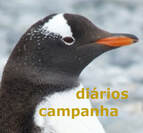
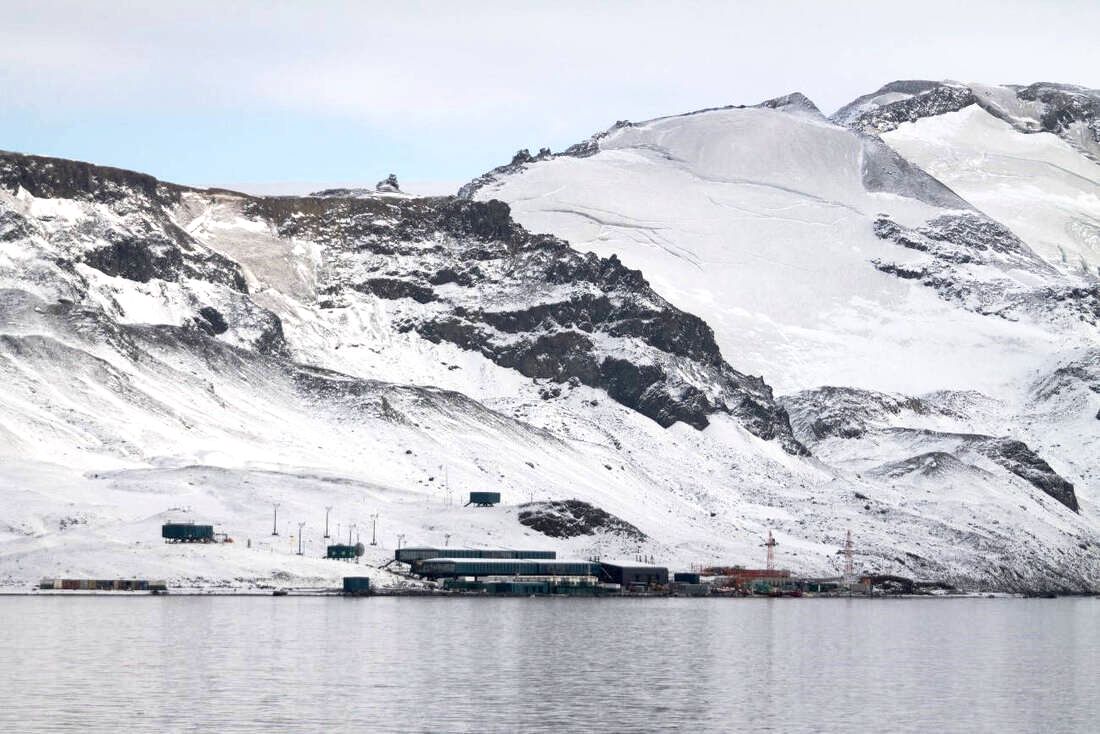
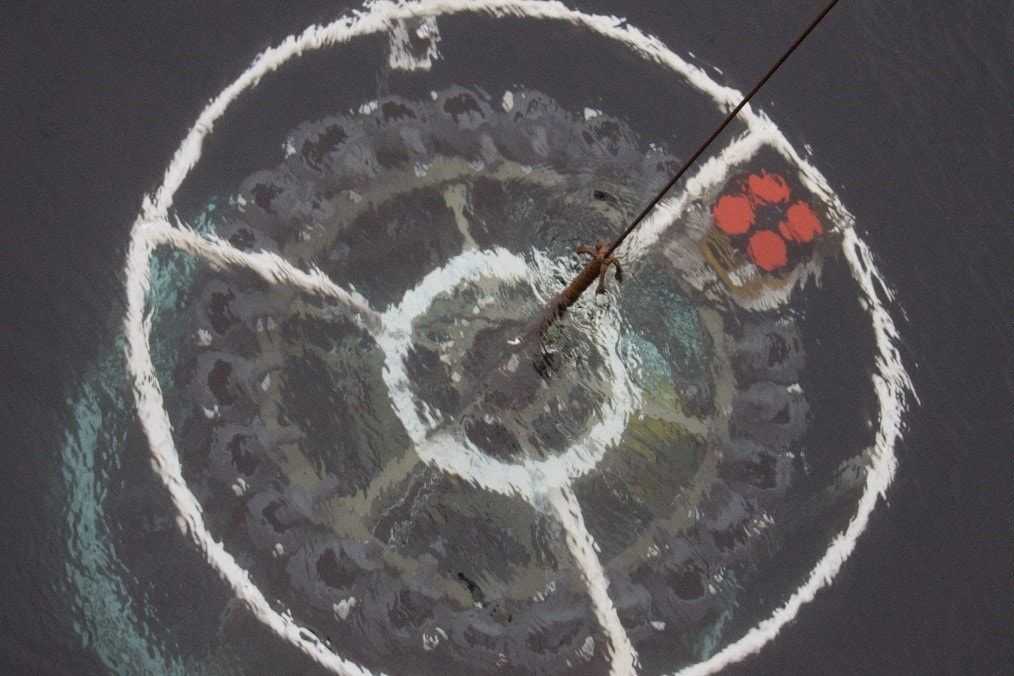
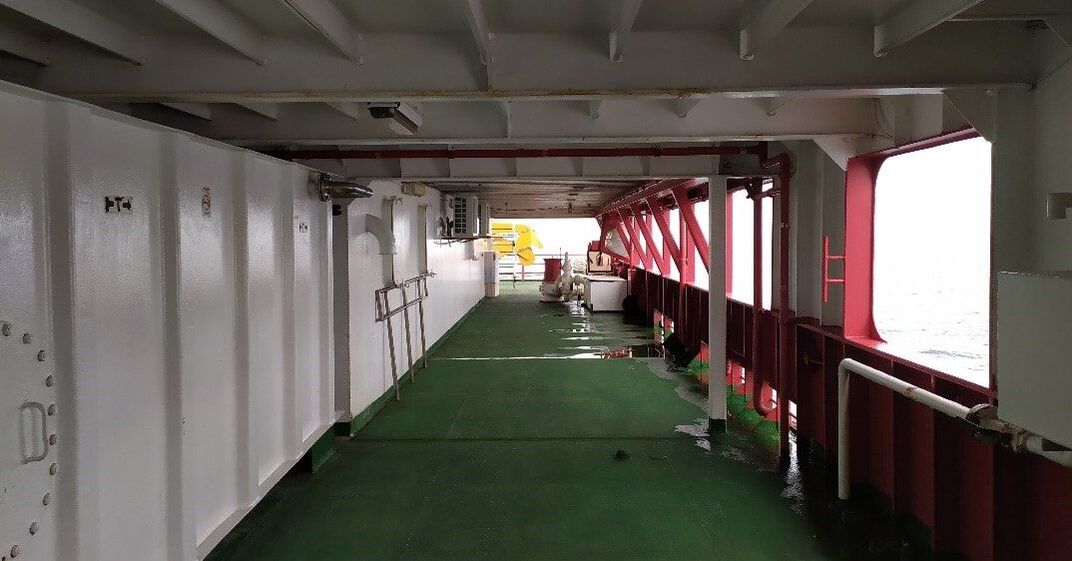
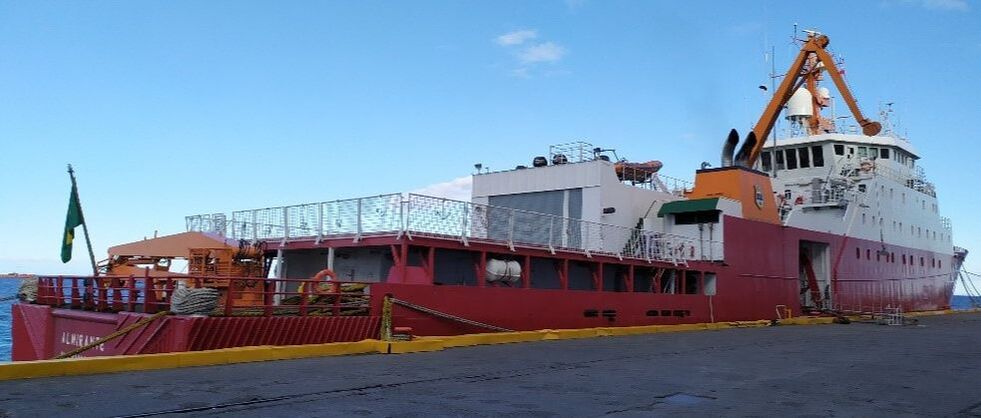
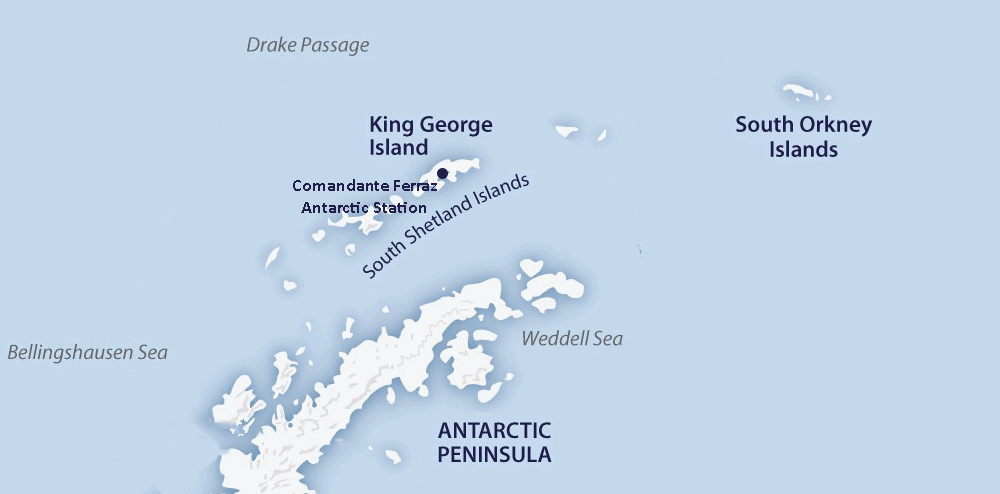
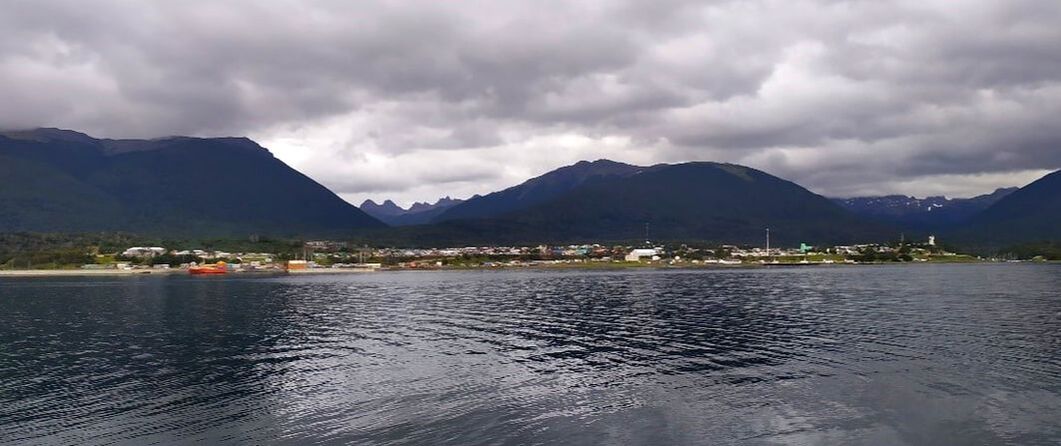
 Feed RSS
Feed RSS
